Kyle Hunter is the creator of the WaterBall, a technology developed to ease the load of women in the developing world, who walk miles every day to reach safe water sources. Hunter’s story shows the passion, intentionality, and thought that went into the WaterBall, and WaterStep is excited to take the next steps to insure that the technology reaches its full potential. Hunter said, “I believe that this simple idea can provide a grassroots opportunity,” and WaterStep agrees.


Hunter was working as a consultant engineer in Dallas when he read an article called “Preventing Illness and Saving Lives in Developing Countries,” written by Kurtis Daniels on WaterStep’s water purification efforts. Because he was interested in sustainable engineering, the concept sparked his interest, and eventually shaped his sense of purpose.
Later, Hunter started a water treatment non-profit focused in Latin America. He began working with schools and organizations to provide them with water. While working for the school Acortar Distancias, which was located in Guadalajara, in Jalisco, Mexico, he learned that the nearest water source was two miles away.
Hunter said, “The day I was told that the water was two miles from the school, I started thinking, and I woke up at about 2 am and finalized the first Water-Ball design on the whiteboard I kept in my room.” The initial design was made from wood and metal, but was later modified when thinking about the communities it was intended for.

While fundraising for the WaterBall, Hunter was pushed to work with WaterStep through “a couple of strange events that led me to Kentucky,” he said. Hunter was inspired by his father, who told him, “God speaks more through a whisper of silence than through the shaking of the Earth,” after Hunter argued that it would take a “burning bush” for him to hear and understand what he was being called to do. The next day, a friend, who did not know about the conversation with his dad, gave Hunter a silver medallion with a burning bush on it. Without having any official plans, Hunter said, “I booked my flight to Kentucky to meet Kurtis and Mark that night.”
Hunter stayed in a nearby monastery while he waited to meet with WaterStep about the next steps for the WaterBall. During that time, Hunter read four books and spent time talking to anyone who would listen about the WaterBall.
The first day Hunter met with WaterStep’s team, they spoke about what he was trying to accomplish, and he had one of his four prototypes shipped to them overnight. Mark Hogg and Kurtis Daniels of WaterStep quickly saw the potential and importance of Hunter’s idea, and agreed to work with him to move the project forward.

Since then, the WaterBall has been redesigned multiple times, tested in the field, and further studied and developed. WaterStep kicked off its campaign this month to raise enough money to create a mold that will allow the WaterBall to be mass produced and taken to women and children in the developing world whose lives can be changed because of the simple, innovative technology.
As for Hunter, he continues to follow the project closely, as WaterStep’s fundraising efforts continue. “I am glad to see the project move forward,” he said, “Money provides great opportunity for selfless acts when guided through compassion.” Hunter also hopes that in the future, he will be able to continue developing simple, engineered solutions for the developing world.
To learn more about the design of the WaterBall, and to be a part of the movement, check out our WaterBall page!


